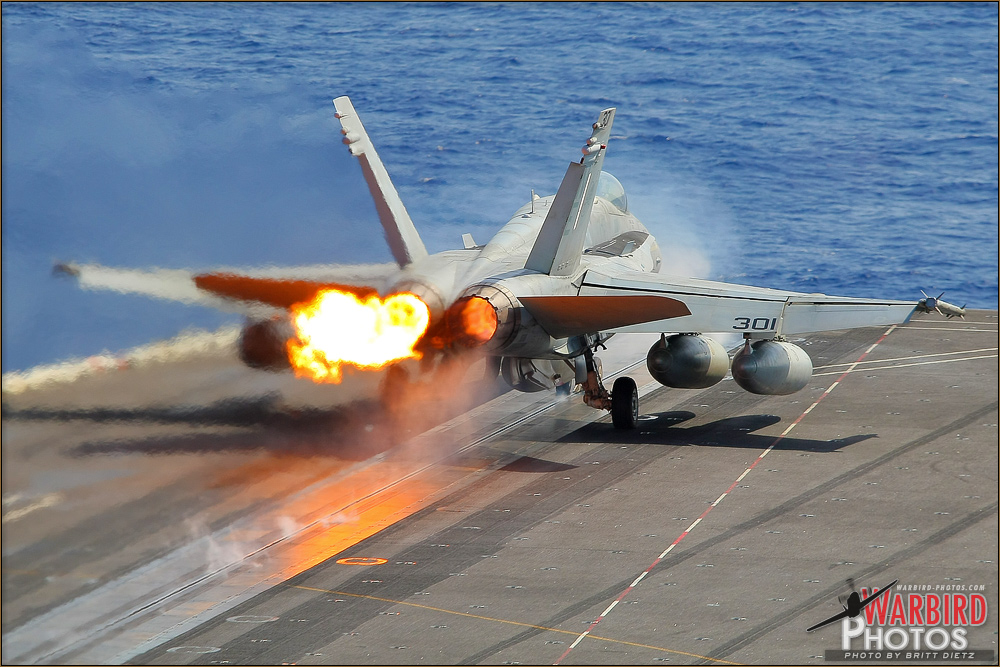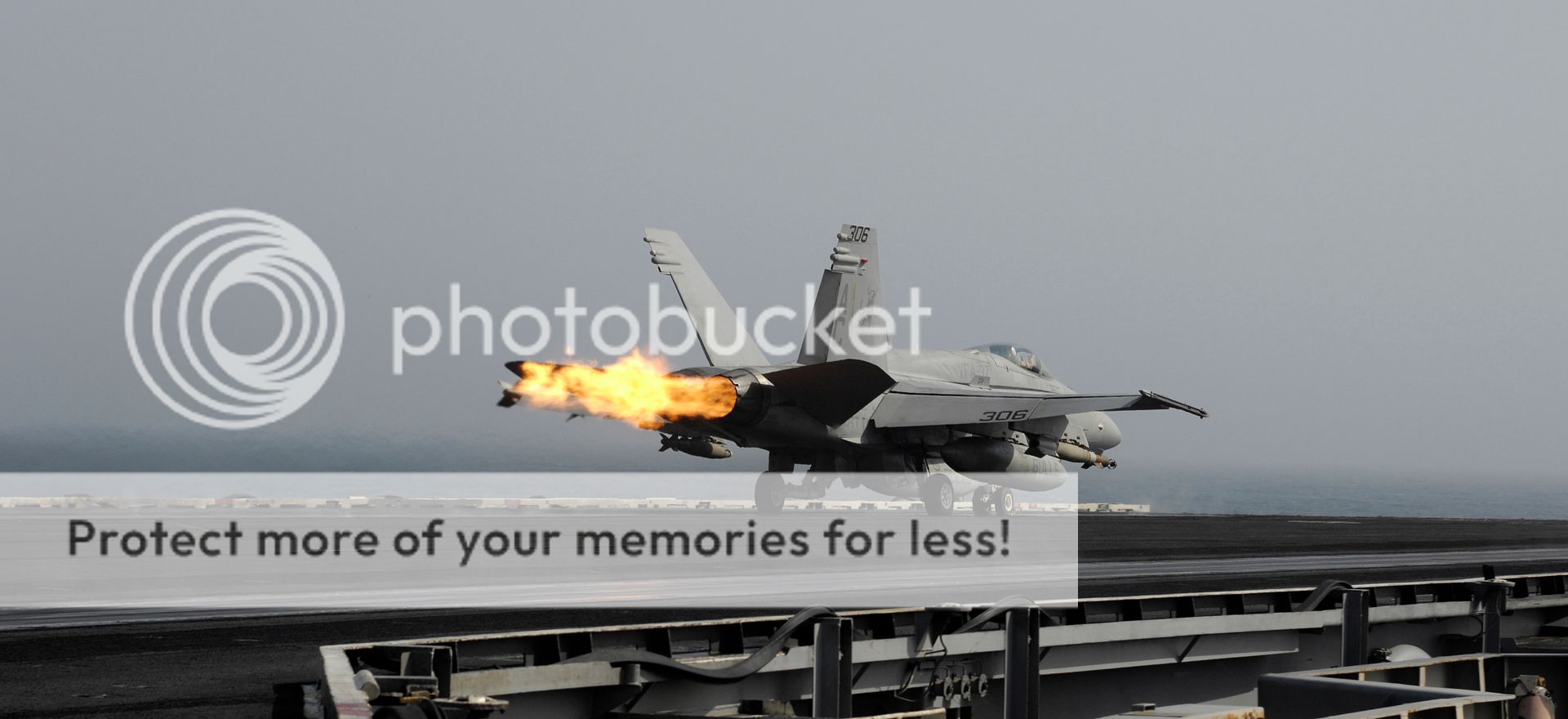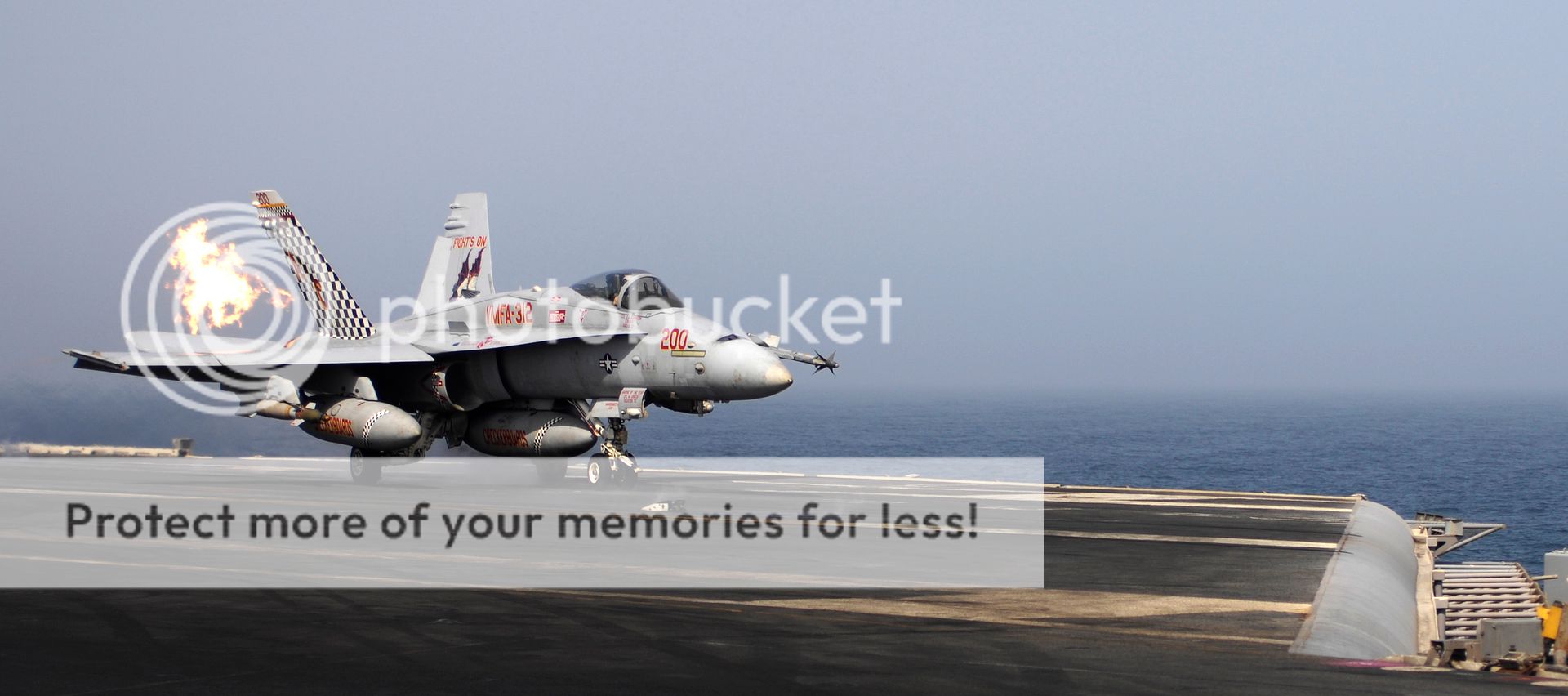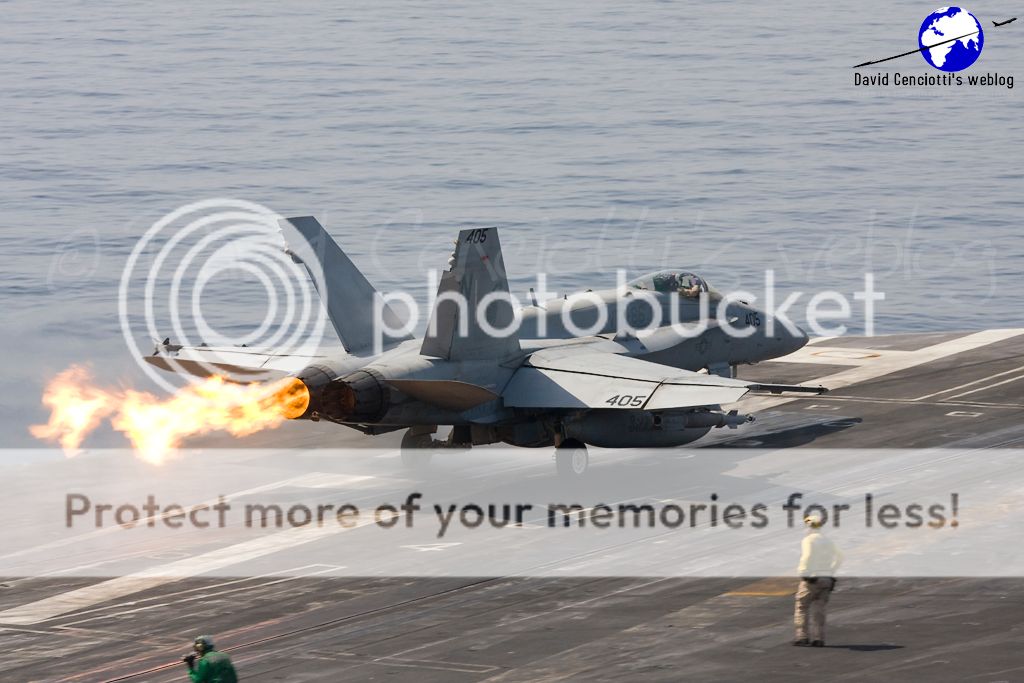coolhandlukesd
n00b
Brit a friend of mine just got back from his Tiger Cruise 2011.
http://www.warbird-photos.com/report.php?ID=1
http://www.warbird-photos.com/report.php?Gallery=2011-CVN72-2&ID=1
http://www.warbird-photos.com/report.php?ID=1
http://www.warbird-photos.com/report.php?Gallery=2011-CVN72-2&ID=1






